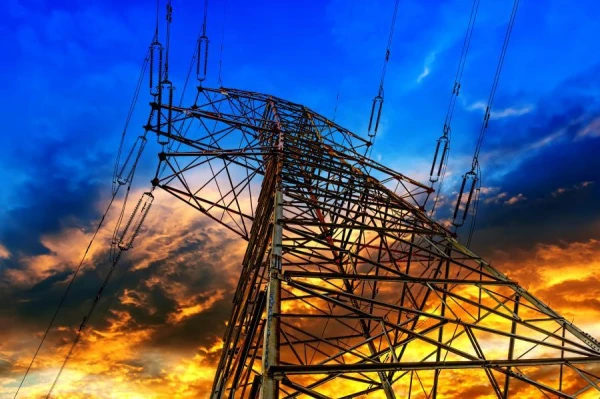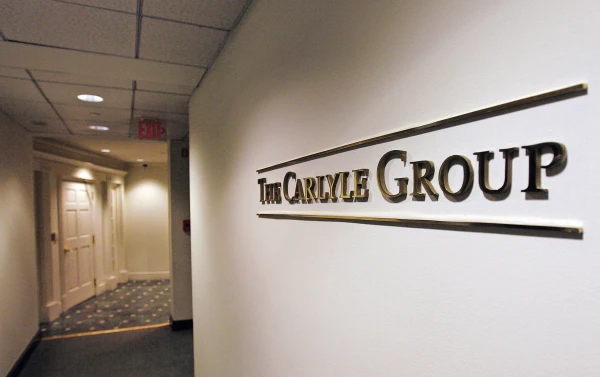
The European Commission forecasts a 1% economic growth for Latvia this year, according to the economic forecasts published by the European Commission on Monday.
European Commissioner for Economy and Productivity Valdis Dombrovskis assesses this forecast as moderate, noting that it is slightly better than the spring forecast. In Estonia, economic growth is projected at 0.6% this year, while in Lithuania it is expected to be 2.4%.
It is forecasted that Latvia's GDP growth will reach 1.7% in 2026 and 1.9% in 2027. As Dombrovskis points out, the main factors for growth will be an increase in private consumption due to rising wages and investments, especially with support from European Union (EU) funds.
The European Commission notes that this year, despite geopolitical uncertainty, both private and public investments in Latvia will increase.
It is expected that after good performance in the first half of 2025, investments will remain stable until the end of the year due to inflows from EU funds and an increase in defense spending, which will also support investments in 2026 and 2027.
Private investments, after a significant decline in 2024, will recover this year due to a stable level of business lending and lower borrowing costs.
At the same time, inflation is expected to rise as the impact of deflation in energy prices weakens, while the increase in prices for services and food remains high.
According to forecasts, inflation in Latvia will be 3.6% in 2025, 2.2% in 2026, and 2.4% in 2027. The budget deficit in 2025 will increase to 3.1% of GDP due to weaker revenue growth and rising current expenditures, and in 2027 it will rise to 4.3%, mainly due to increased defense spending.
Private consumption and investments will contribute to economic growth in 2026 and 2027, predicts the European Commission. It is expected that the economy will recover in 2025 after the stagnation observed in 2024; however, the complex geopolitical situation is likely to stimulate household savings. After significant growth in 2024, the household savings rate will continue to increase and reach 6.4% in 2025, which is above the pre-pandemic level. As a result, private consumption is likely to recover only in the second half of 2025 and continue to grow in 2026 and 2027.
The European Commission forecasts that the unemployment rate will decrease to 6.8% in 2025 and will continue to decline in 2026 and 2027 as demand for labor increases.
Inflation, according to forecasts, based on the harmonized consumer price index of the EU, will be 3.6% in 2025, decrease to 2.2% in 2026, and reach 2.4% in 2027.
The budget deficit this year will be 3.1% of GDP compared to 1.8% of GDP in 2024. In 2026, the budget deficit may increase to 3.5% of GDP, and in 2027 to 4.3% of GDP.
The autumn forecast of the European Commission indicates that the EU GDP will grow by 1.4% in 2025 and 2026, and by 1.5% in 2027. A similar trend will be observed in the eurozone, where GDP is projected to increase by 1.3% in 2025, 1.2% in 2026, and 1.4% in 2027. Inflation in the eurozone will continue to decline and will be 2.1% in 2025. Inflation in the EU will be slightly higher and will decrease to 2.2% in 2027.
As Dombrovskis notes, such forecasts confirm the resilience of the EU economy despite challenging conditions, trade tariffs, and geopolitical challenges. At the same time, it is necessary to accelerate measures to enhance Europe's competitiveness, reduce bureaucracy, and stimulate economic growth, emphasized the Commissioner.















Leave a comment